Last updated on January 2nd, 2021 at 11:05 pm
- Practical and spacious for passengers and cargo
- Useful 282-mile range in 3 and 4+
- 3 and 4+ are reasonably quick
- Innocuous looks
- The 2 is less flexible
- Not quite as well-equipped as Soul EV
Range (WLTP): 180-282 miles Top Speed: 104 mph 0 to 60: 7.5-9.5 sec Cost/Mile (@14p/kWh): 3-3.2p
Introduction
When we looked at the Kia Soul EV a few weeks ago, we found a lot to like. But the radical appearance wouldn’t suit every taste. The e-Niro, on the other hand, is much more innocuous in appearance, and everything else about it means serious practicality. This is a medium-sized SUV, venturing into the increasingly ubiquitous “crossover” class, and it looks very promising on paper. Prices range from under £30,000 to a little over £36,000, including the plug-in grant, which isn’t cheap. But when you realise what you get with the top-end models, you can see why there’s a long lead time on orders on this car.
Price and Options
There used to be just one version of the e-Niro – the 4. Now there are three variants, but we suspect only two of them will be appealing to most buyers. The entry-level version is called the 2 and starts at £29,595 including the £3,000 plug-in grant, but that has a 39kWh battery and 134 bhp motor, which will keep it more in the city class than the other models. The mid-range 3 and top-end 4+ both have a much larger 64kWh battery and 201bhp motor – which are suspiciously the same as the Kia Soul EV and the Hyundai Kona. Hyundai and Kia have a partnership for EV platforms, and share this powertrain. The 3 starts at £33,850 and the 4+ at £36,145, again with the government grant applied.
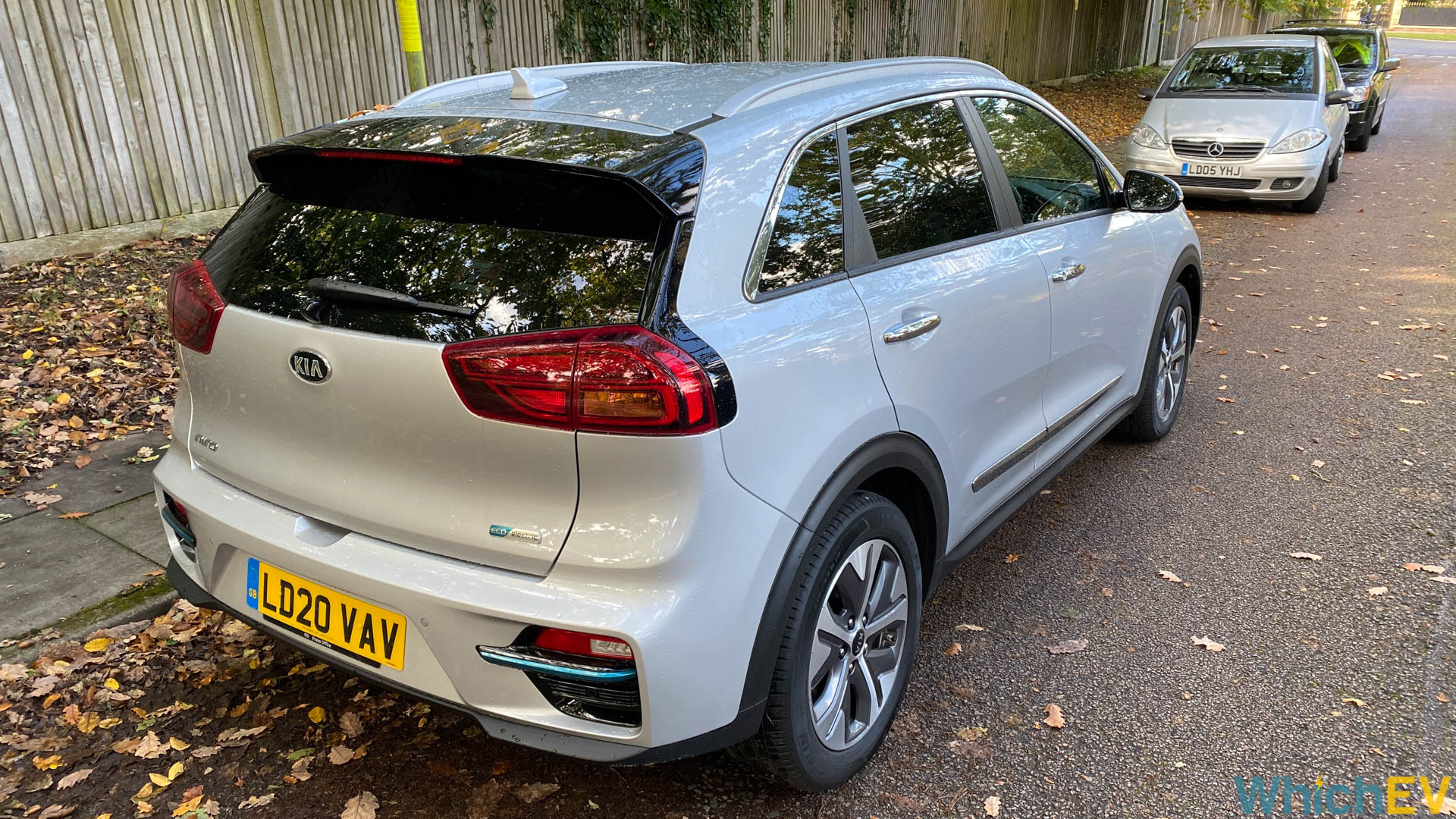
Although having three versions makes the e-Niro range a bit more complicated than the one-model Soul EV, there’s still not a huge confusion of extras. If you want more features, you have to buy the next model up the range. All cars have 17in alloys, but the ones on the 3 and 4+ are two-tone so look a bit nicer. All cars have the same range of colours, with the silver of our press car being the standard shade, but black, blue, white or grey cost a fairly reasonable £585 extra. All three versions have rear privacy glass. Even with the 2, the technology is generous, including a rear parking sensors, reversing camera and cruise control.
Exterior Design
If you’re purchasing a car for utility rather than to make a statement, the e-Niro’s generic looks could be right up your street compared to the Soul EV. In fact, it looks a bit boring. However, there’s a solid, quality build about it, with plastic rims around the wheel arches for protection and a few flashes of colour but not much in the way of styling flair. The 4+ has a sunroof, but as the car we were sent for review was actually a 4, it didn't have this.
The keyless entry system is universal across all versions (we told you the e-Niro was well equipped), although it’s the same as the Soul EV’s. Instead of being able to walk up and just pull the handle to get in with the keys in your pocket, you have to push a button on the door handle to complete the unlocking process. The wing mirrors unfold automatically. The e-Niro is not a bad-looking car. You’re just not going to buy it because of its characterful appearance. Its attractions lie elsewhere, and those start when you climb inside.
Interior Comfort
First of all, there’s the interior space. The front seats have plenty of room for a six-foot adult. Where the 2 gives you cloth seats, the 3 and 4+ upgrade this to black leather – with no other colour options. The 2’s cloth seats are mechanically adjusted, but the 3 and 4+ have electronic adjustment on the driver’s side, with a memory function on the 4+. The leather seats are heated, too, with ventilation on the 4+ as well. Both the 3 and 4+ have a heated steering wheel, to complete the package of cold weather comforts.
There’s a sizeable cubby in the central console with a USB Type A power supply inside, and in fact two cubbies. Aside from the space under the front arm rest, there’s more just in front, and we particularly like the way the cupholders have been designed within this space. There’s a slightly stiff sliding door over the area, but inside, the cupholders themselves are spring loaded and can be stowed, making another open space for storage if you need it. The front glove compartment is reasonably sized, but not huge. There’s a Qi charger in the middle front console, with two USB ports (one charging only) and the ubiquitous 12V car charging connection.
Climb into the rear, and you get the same sense of space, which will again be great if your backseat passengers are two large adults. The central seat is very small and really only for a super-slim person or child. However, the middle seat back contains an armrest for the two outer passengers, which incorporates a couple of cupholders. There are separate vents for the rear passengers as well, but strangely no USB ports for rear charging. The two rear outer seats have ISOfix connections and on the 4+, they’re heated, too, although this wasn't a feature on the 4 press car we were sent.
Storage and Load Carrying
The e-Niro isn’t just spacious for passengers, either – there’s plenty of room for cargo as well, and this is one area where it edges ahead of the Soul EV on features. The standard boot is a sizeable 451 litres, which beats a Nissan Leaf and is on par with many small estate cars. You could definitely fit in the weekly shopping, hand luggage for four adults or a couple of suitcases. Under the boot floor are some compartments for charging cables. If you need more space, you can fold the rear seats down with the usual 60/40 split, creating a very useful 1,405 litres of space and a relatively flat area, with no ledge like the Nissan Leaf or Renault ZOE. This will be very useful for moving a family member into university or picking up items for DIY.
The powertrain controls are essentially the same as the Kia Soul EV, with a wheel to select Drive, Neutral or Reverse, and a button in the middle to select Park. There’s an electric parking brake, and a drive mode button to choose between Eco, Normal and Sport. The steering wheel has quite a lot of buttons and rockers. It’s nice to have so much control at your thumb-tip, but there are many options here. The Tesla Model 3 goes too far in the other direction here, but somewhere in between would have been just right.
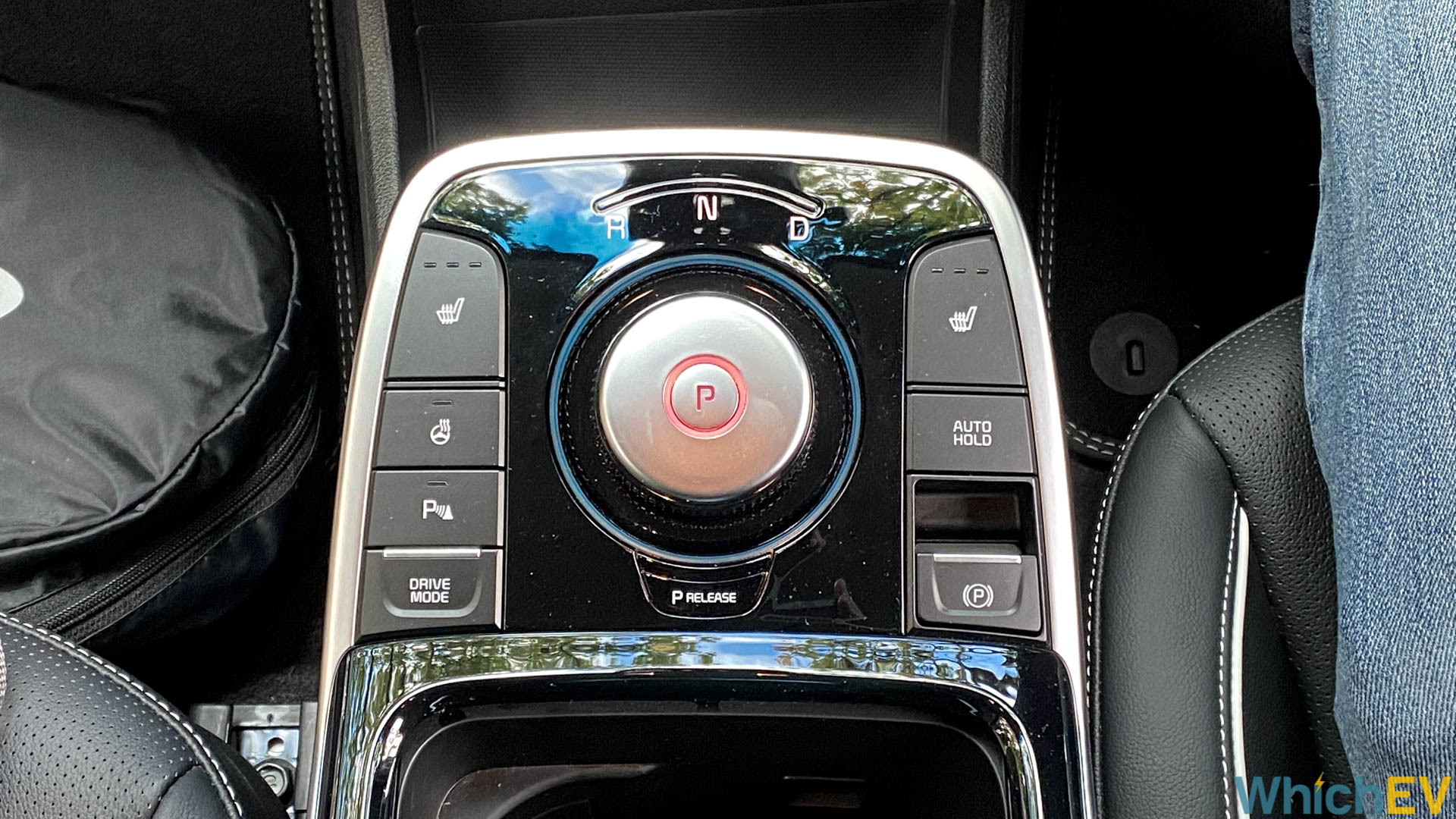
There are stalks for the windscreen wipers and lights, with further control buttons you won’t use that often down on the right-hand side of the steering wheel. There are also chunky discrete controls for the air conditioning, with solid knobs and easy-to-locate buttons, although the climate control isn’t zoned – you can only set one temperature for the whole car. One thing the e-Niro doesn’t have that the Soul EV does, however, is a HUD, which is a shame, because this worked well and was genuinely useful in the Soul EV.
Behind the steering wheel in all versions is a 7in display with a reasonably easy to understand layout and sections physically segregated by shaped plastic, mimicking analog dials. However, the central LCD panel varies between versions. You get an 8in LCD with the e-Niro 2 but the 3 and 4+ have a 10.25in one. This touchscreen gives access to FM and DAB radio, plus Apple CarPlay and Android Auto for connecting your smartphone.
The layout of the touchscreen interface will be familiar to both Kia and Hyundai EV owners, because the layout and design are shared across both brands. However, the sat-nav maps look a little different. The sat-nav is clear and well-illustrated in operation, with effective live traffic that will reroute you dynamically as you drive. If you want to use the Kia app to control car functions remotely, the Telematics system with UVO connectivity is only included with the 3 and 4+.
Performance and Driving
With its much less powerful motor, the e-Niro 2 takes a pedestrian 9.5 seconds to reach 60mph, but the 3 and 4+ are much more like wolves in sheep’s clothing. Their 201bhp motor propels them to 60mph in a mere 7.5 seconds. This obviously requires Sport mode to be engaged. Although the e-Niro 3 and 4+ have the same performance as the Soul EV on paper, the e-Niro doesn’t feel as sprightly as its more radical-looking sibling. The extra 50kg of the e-Niro over the Soul EV shouldn’t make much of a difference, but the car is bigger and you do feel this when driving. Both cars exhibit torque steer, but this isn’t as obvious with the e-Niro.
The smooth power delivery and solid acceleration make the e-Niro a capable car for navigating traffic, despite its size and weight. The steering is reasonably light, and you won’t struggle to manoeuvre around queues. With the excellent range of the 3 and 4+ (more in next section), it’s reassuring that the e-Niro also feels extremely comfortable at motorway speeds, with its weight and size keeping it planted. If this is a spacious car for passengers and cargo, it’s also very accomplished for a long highway haul or a traffic-laden commute.
The driving experience isn’t packed with fun like a hot hatch (we still prefer the Corsa-e in this price bracket or, best of all, the Honda e), but twisty A-roads are navigated with confidence, with predictable steering. Paddles on the steering wheel let you choose between different levels of regenerative braking dynamically as you see fit – maybe less for motorway and a bit more for traffic. Overall, the e-Niro is an EV for most everyday driving needs.
Range and Charging
One of the most impressive features of the Soul EV is its incredible 282-mile range, which is surpassed by very few current EVs except Teslas. The e-Niro 3 and 4+ equal that range, although the 2, with its smaller battery, will only last 180 miles, which is why we reckon most buyers will pay the extra for the other two options. For one of our test drives, we travelled 60 miles across London in heavy traffic with some dual carriageway sections and the range lost was almost exactly 60 miles, giving plenty of confidence that the miles left indication could be trusted.
Charging involves the typical CSS port, which is located at the front under a flap you just push in to release when the car is unlocked. Only the 4+ has 11kW AC charging and the rest merely offer 7.2kW. It takes a 9 hours 35 minutes to charge to 100% on a 7kW home wallbox, and 54 minutes for 80% on 100kW DC.
Running Costs
Using the WLTP range and 14p a kW cost for home power supply, the e-Niro 3 and 4+ cost just 3.2p a mile, and the 2 an even more frugal 3p per mile. Like other Kia vehicles, the warranty is a generous 7 years or 100,000 miles, and 3 years for unlimited miles. There's a 12-year anti-perforation warranty for the bodywork and 5 years or 100,000 miles for the paint. The battery warranty is the same 7-year, 100,000 miles as the car itself, but only to 65% capacity where most manufacturers offer 70%, which is one of the few black marks against an otherwise generous guarantee.
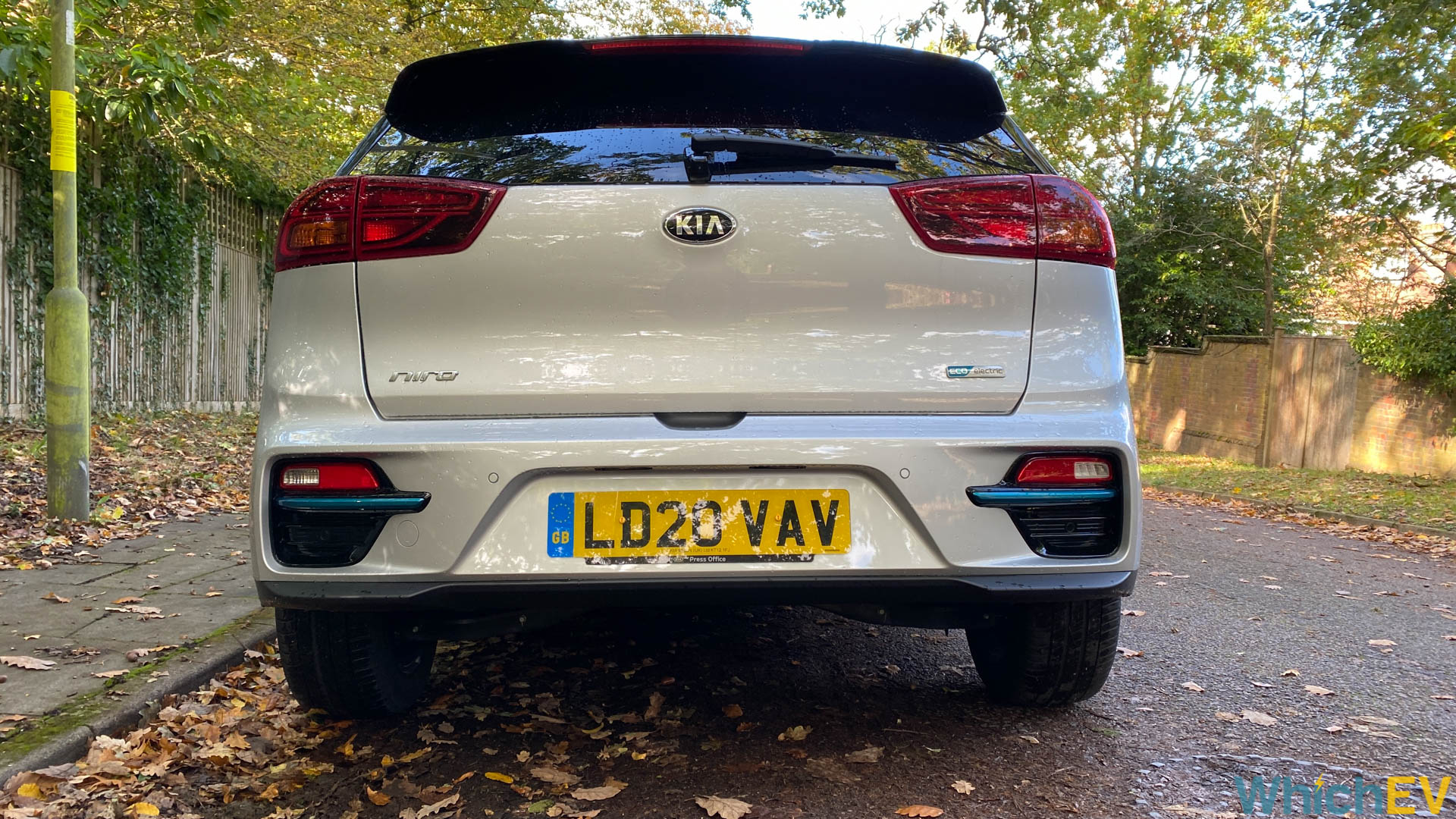
The insurance groups are quite wide-ranging, however. The 4 is in a relatively high 29 insurance group, whereas the 3 is in group 26 and the 2 in a frugal 20. These are all lower than the Kia Soul EV’s group 34, so any e-Niro will be cheaper to insure. You also won’t be paying any VED and zero benefit-in-kind (BiK) as a company car for the first year if purchased through a company.
Safety
Like the Soul EV, the e-Niro comes well equipped with standard safety tech. All cars have rear parking sensors and a reversing camera, although the latter is very grainy at night. Also standard are cruise control, electronic stability control, emergency stop signalling, forward collision avoidance, and lane follow as well as lane keep assist. You get a subtle tug on the steering when to tell you when you stray out of your lane. However, only the 4+ has Blind Spot Detection and Rear Cross Traffic Alert, as well as front parking sensors. It is also the only one with a heat pump, which Kia lists in the safety section but should be of more importance for providing more efficient heating with less drain on the battery. We're not sure why Kia doesn't make more of this feature (and list it elsewhere in the specification) because it's a key benefit of the 4+. So that’s a comprehensive set of key modern safety features, most of them as standard. The e-Niro has a five-star Euro NCAP rating, which is very reassuring.
| Price: | 2 – £29,595; 3 – £33,850; 4+ – £36,145 |
| Range (WLTP): | 2 – 180 miles; 3 and 4+ – 282 miles |
| Charge time (7.4kW): | 9 hours 35 minutes |
| Charge time (50kW, 80%): | 1 hour 15 minutes |
| Charge time (100kW, 80%): | 54 minutes |
| Battery: | 2 – 39kWh; 3 and 4+ – 64kWh |
| On Board Charger: | 7.2kW (11kW on 4+) |
| Cost per mile*: | 2 – 3p; 3 and 4+ – 3.2p |
| 0-60mph: | 2 – 9.5 seconds; 3 and 4+ – 7.5 seconds |
| Top Speed: | 104mph |
| Power: | 134bhp (2); 201bhp (3 and 4+) |
| Wheels driven: | Front |
| Cargo: | 451 litres / 1405 litres with rear seats down |
*based on electricity costs of 14p per kWh



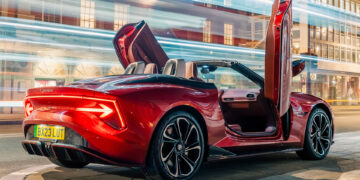

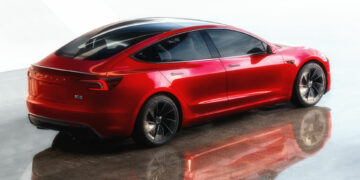
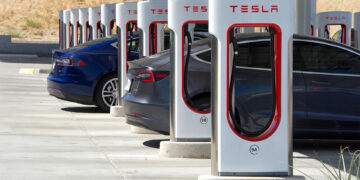


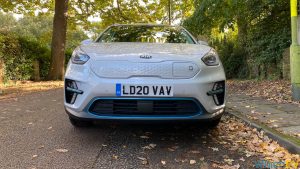
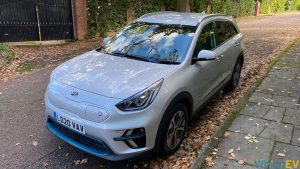
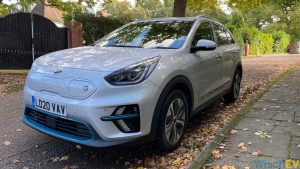

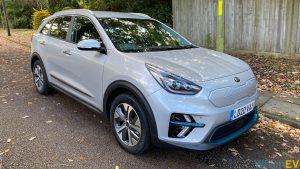
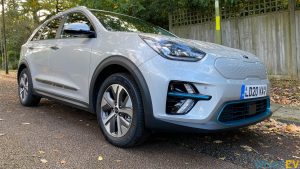
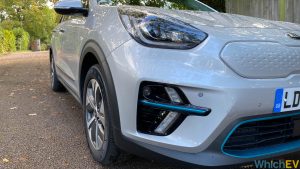


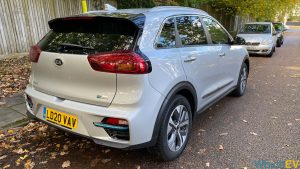
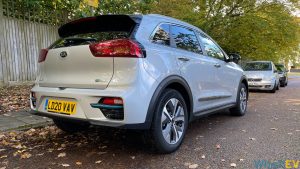
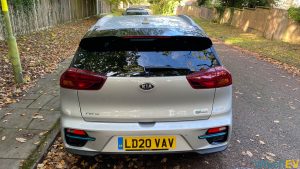

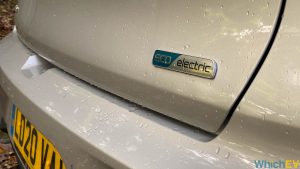
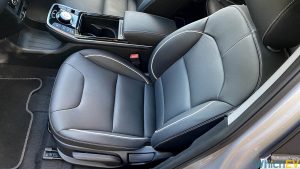
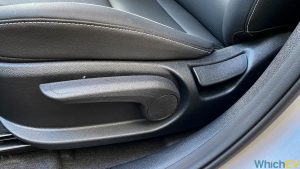
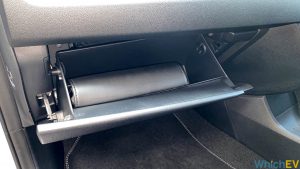
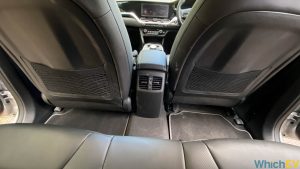

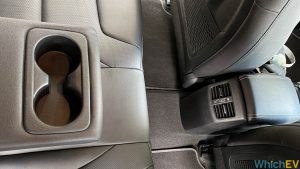

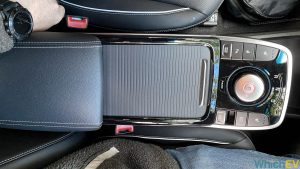
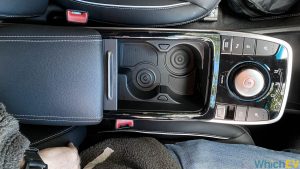
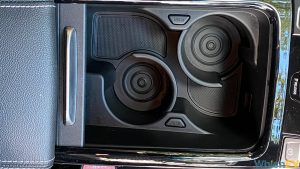
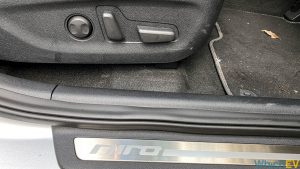

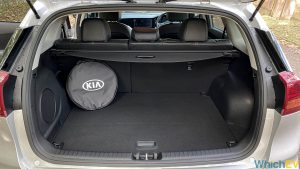

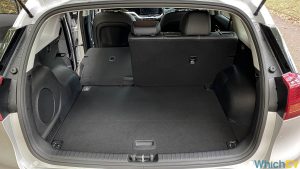
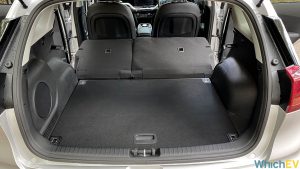
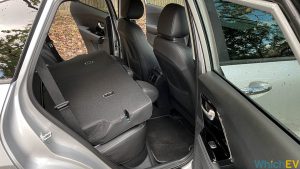
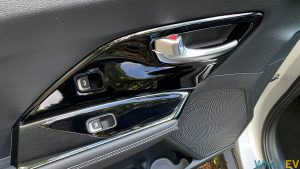

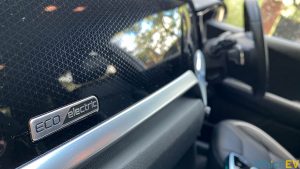
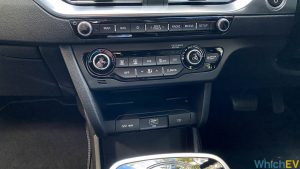
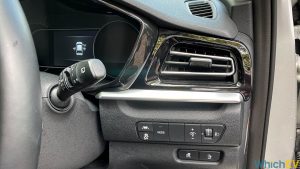
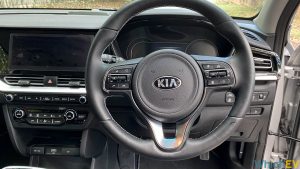
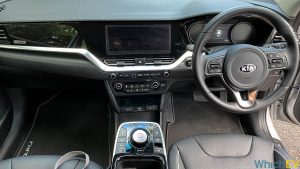
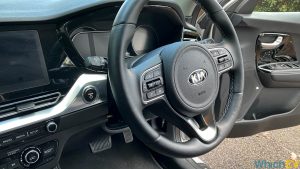
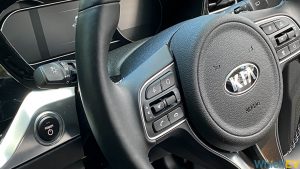
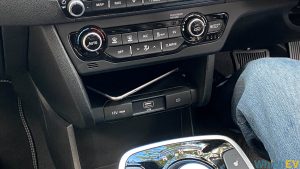
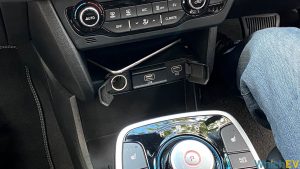
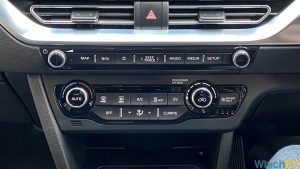
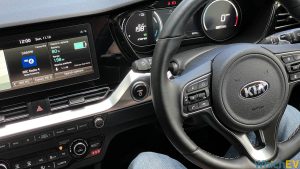
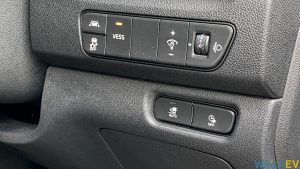
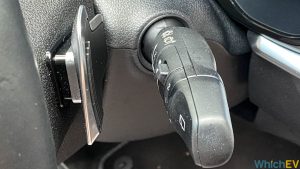
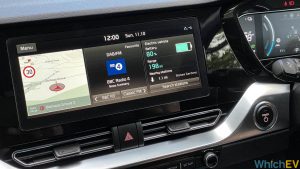
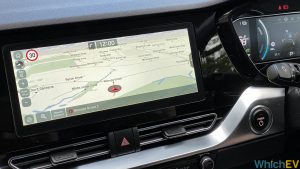
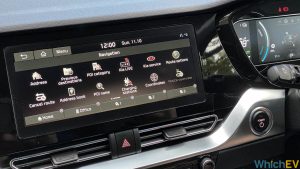
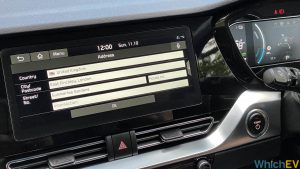
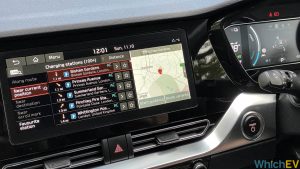

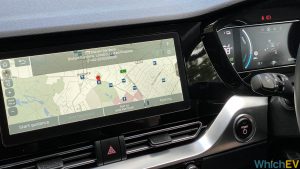
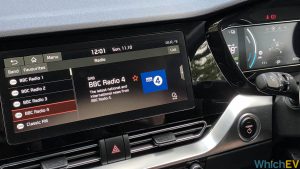
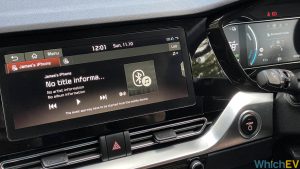
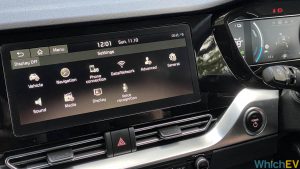
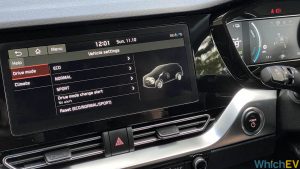
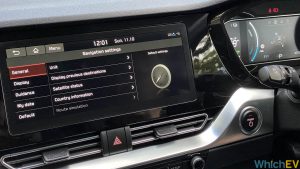
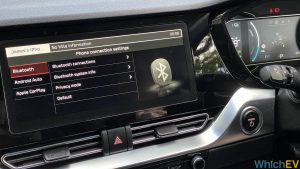
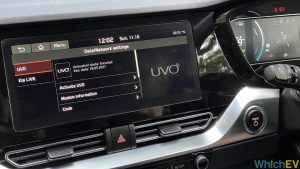
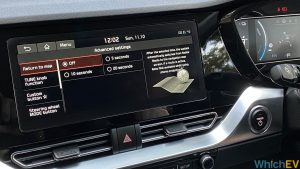
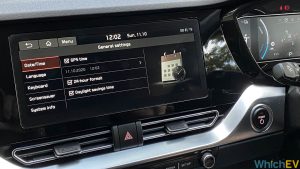
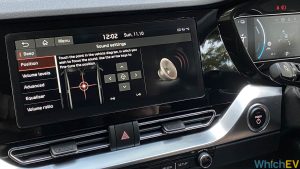
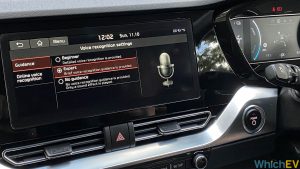
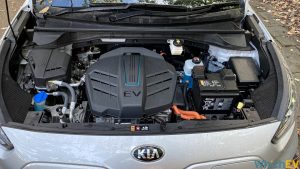
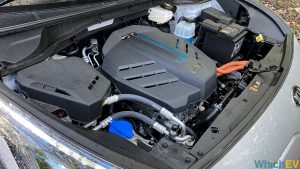
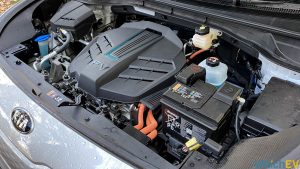

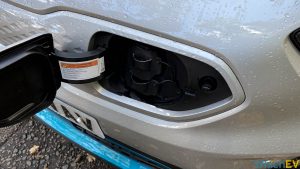







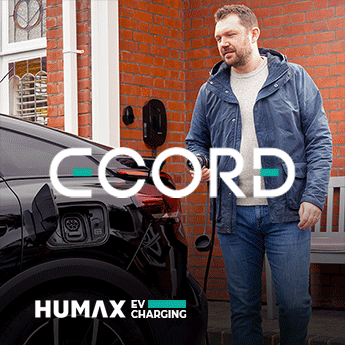




Discussion about this post